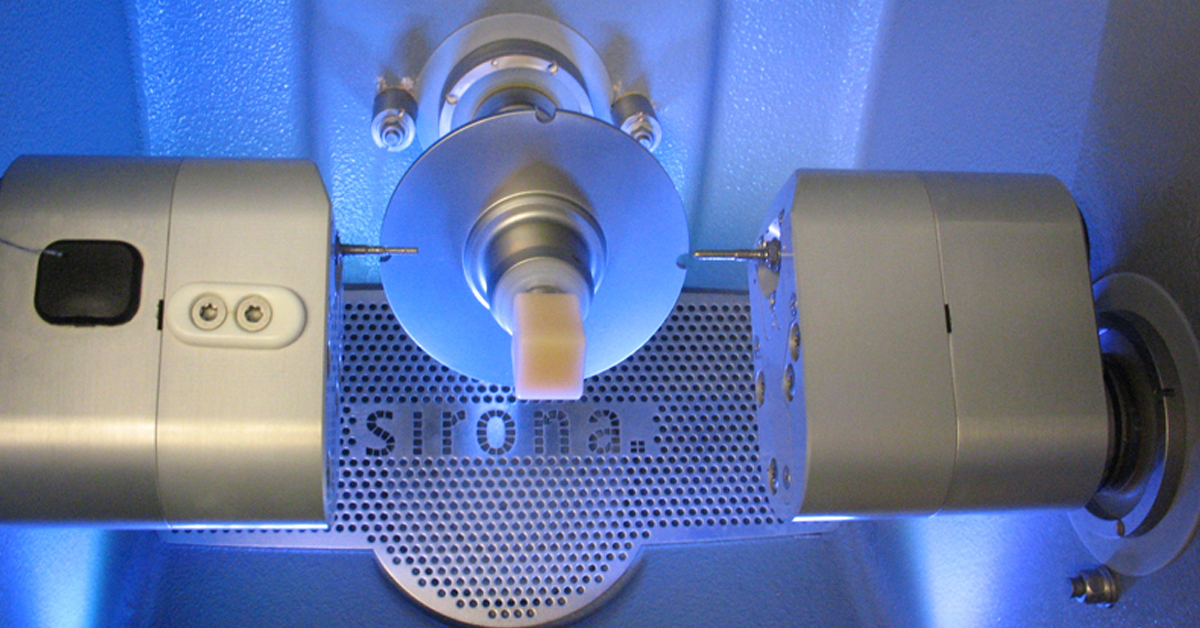Characteristics of dental inlay
Dental inlay is a restoration carried out in the laboratory, i.e. not directly in the patient’s mouth, but with modern techniques it is possible to carry it out directly in the dentist’s office.
Dental inlay is a reconstruction of the tooth which fills the space created by the removal of decayed tissue, reconstructing the original shape. It can be done for molars and premolars.
Ceramic dental inlays are also often used to replace old amalgam or composite (plastic) fillings with a more biocompatible, durable and aesthetically pleasing material. As well as giving better aesthetics, it protects the tooth by making it more resistant.
How a dental inlay is made
After the removal of old fillings or after the removal of decayed tooth tissue, a cavity is formed and an impression is taken. This impression is sent to the laboratory where the inlay is made. In a subsequent session, the dentist inserts the dental inlay, cementing it with adhesive techniques to minimise the risk of bacterial infiltration.
The most commonly used material for making a dental inlay is ceramic. This material has optimal characteristics: it is biocompatible, resistant, durable and very similar to the appearance of a natural tooth.
Dental inlays make it possible to reconstruct large defects in tooth tissue and at the same time protect the tooth from fractures thanks to a more balanced distribution of chewing forces.
Dental inlay and the Cerec Method
The Cerec Method is a technique that allows a dental inlay to be made in just one session at the dentist. Impressions are taken through a small high-definition endoral camera, without the use of classic impression materials. A 3D software processes the design of the impression with extreme precision and sends it wirelessly to a Cad Cam milling machine, which from a block of ceramic will process and obtain the inlay to be applied to the patient.
The Cerec dental inlay is made of all-ceramic, i.e. without any metal components. The absence of metal, among other things, gives the inlay the translucency typical of natural teeth, with a high aesthetic effect.
Furthermore, dental inlays can be inlays or onlays: the difference between these two types lies in the part of the tissue to be reconstructed: the inlay is used to restore the upper part of the dental crown, while the onlay is used to restore the crown, the lateral parts and also the cusps.

